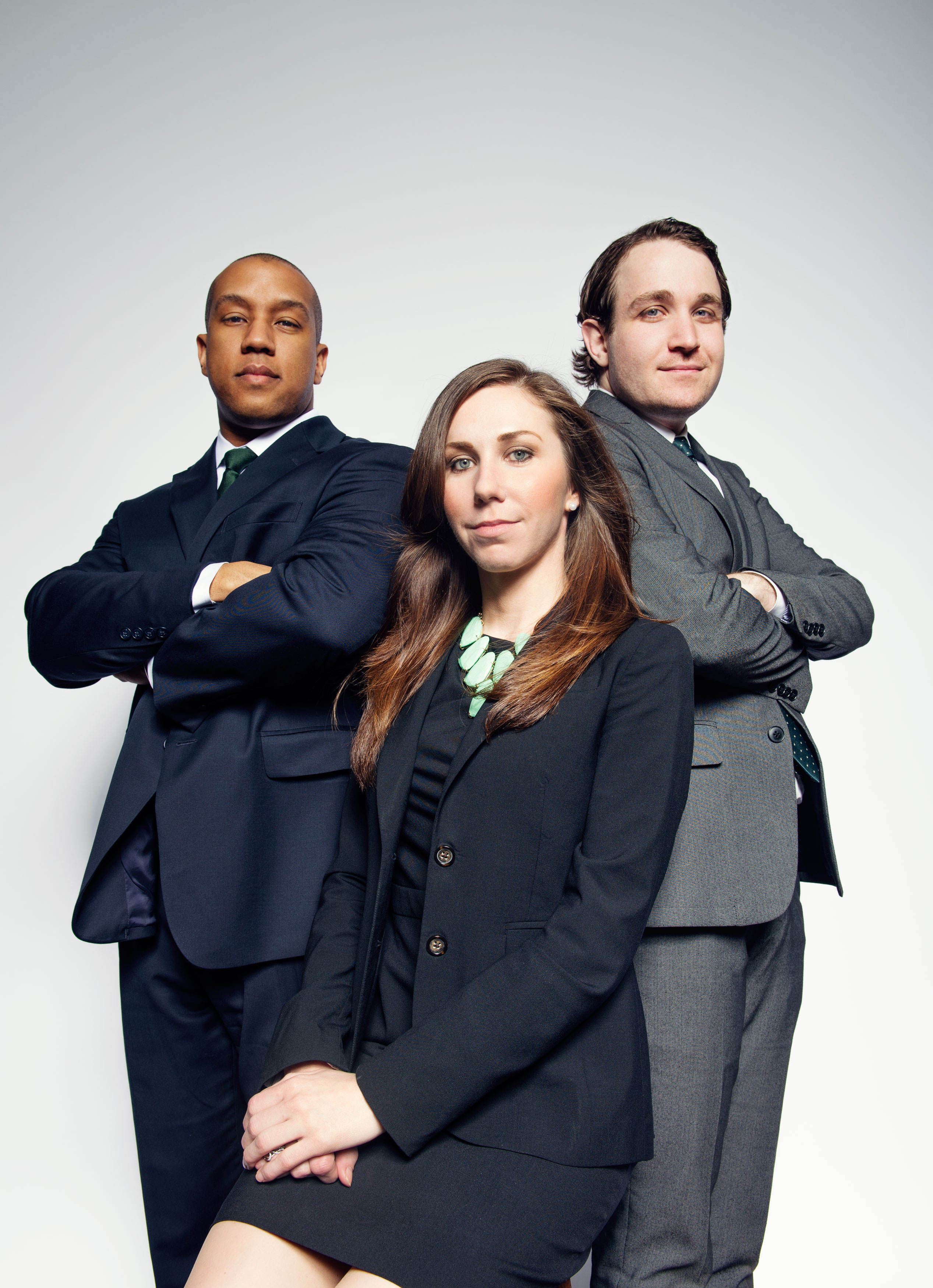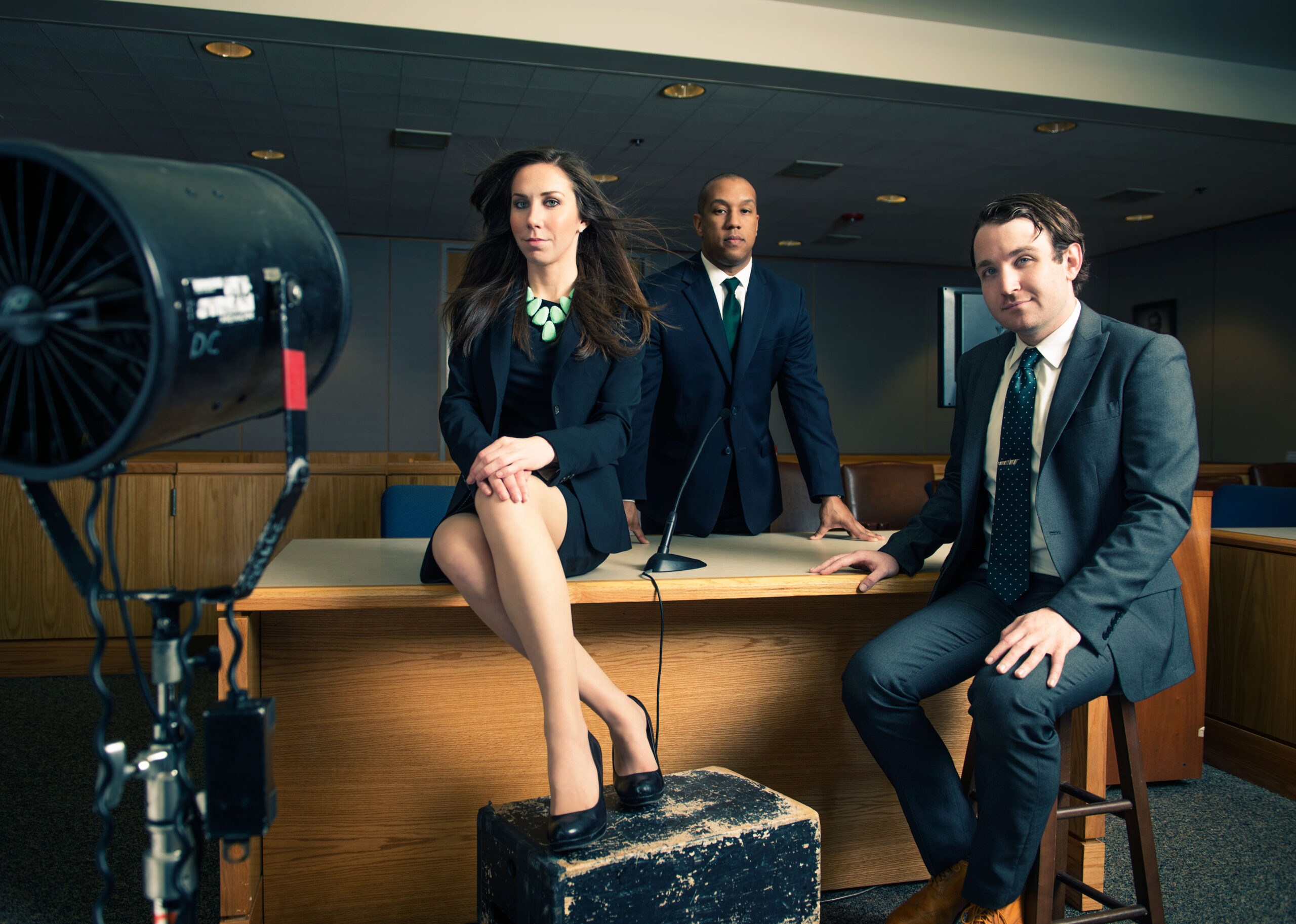The guilt/innocence phase of the trial begins after lunch. Opening statements are brief. Deans seems nervous as she lays out the state’s case, stopping awkwardly a few times to look down at her notes. The defense attorney’s deft delivery only serves to make her look even more inexperienced. Deans says the defendant is “a good man who made some bad decisions” that put others at risk. When it’s the defense’s turn, Abrams introduces his client to the jury, repeating his first name, Charles, early and often. The attorney, who was once a chief prosecutor himself, tells the jury that the investigation did not prove that his client was intoxicated that night.

limit. Most of those cases result in pleas. Except for the few arrests that involve multiple-car collisions, the victim in these cases is often a hypothetical child who could have been hurt but ultimately wasn’t. Adding to all of that, this is a crime that a lot of potential jurors have committed and gotten away with at some point. “It’s one of those there-but-by-the-grace-of-God-go-I crimes,” says Dodds, the administrative chief.
Until recently, the Dallas County Sheriff’s Department, like other agencies, didn’t seek a warrant to draw blood samples in every DWI investigation. Last year, Dallas County District Attorney Craig Watkins complained that for defense attorneys, winning DWI cases where there was no blood drawn was “like taking candy from a baby.” The policies changed last fall, and now police in Dallas will get a warrant and strap a suspect to a chair if necessary to draw blood. There’s still a backlog of cases like this one, with no breath test or blood test, but as the newer cases work their way through the system, the conviction rates are slowly going up.
Soon the uniformed sheriff’s deputy who arrested the defendant is on the stand testifying about that night in 2010. With Deans asking questions, the deputy says that he clocked the defendant driving a Chevy Yukon at 89 mph in a 60-mph zone, and that upon pulling him over, he noticed bloodshot eyes and the strong scent of alcohol. He says he asked the defendant where he was coming from, and that the defendant said simply, “I’m going home.” He says he asked the defendant how much he’d had to drink, and that he was told “a lot.” Then, the deputy says, he asked the defendant to step out of the vehicle, and he administered a series of field sobriety tests.
Deans shows the jury footage from the deputy’s dash cam recorder. The video runs on four screens around the courtroom. The jury sees the deputy approach the driver’s-side window. For the first time the jury hears the defendant’s polite tone of voice and his deep Texas accent. They hear the deputy ask him how much he’s had to drink, and they hear him say “a lot.” They hear him say “whiskey.” They hear him say “Maker’s Mark.” They see him struggle to stand on one leg and lose count of his steps. Then they see him frisked and cuffed.
Then Deans introduces a second video. This one was taken at the police station that night, an hour or so after the arrest. The video shows him doing more sobriety tests—counting to 30 with his eyes closed, then reading aloud a few paragraphs about Texas history—then politely declining both a Breathalyzer and a blood test.
During cross-examination, Abrams asks the deputy if he accounted for the fact that his client was more than 50 pounds overweight or that some of these tests were performed on a sidewalk with a slight incline. The defense attorney notes that though the defendant may have failed some sobriety tests, his vehicle wasn’t swerving and he didn’t seem to be slurring or staggering. In every question, Abrams refers to his client as “Charles,” a tactic designed to humanize the otherwise silent defendant.
The tone grows confrontational. Abrams points out that the deputy could have gotten a warrant to draw blood, even back then, but chose not to. The deputy bites back, “That wasn’t the policy at the time.” The defense attorney suggests that perhaps the deputy had made up his mind from the moment he heard Charles say “a lot.” The deputy says that he concluded the defendant was intoxicated after the entirety of his investigation.
Then the prosecution rests. And after a brief consultation with his client, Abrams announces that the defense, too, rests. By now it’s after 4 pm, so the judge, a former nun, decides closing statements will commence in the morning.
Deans prefers to wake up early and write her closing statement by hand on a legal pad. She says the mornings are when her thinking is the most clear. When the jury files in the next morning, Deans has her argument written out on the pad in front of her. She’s ready.
Closing arguments begin shortly after 10. Because the burden of proof is on the prosecution, Williams and Deans can bifurcate their closing. It means Williams will speak, then Abrams will go, then Deans will go last. Williams has a PowerPoint walking the jury quickly through the evidence. He reiterates that the prosecutors “have done our job,” and ends his presentation with a big red “GUILTY” on the final slide.
The defense attorney has two big charts today, and in his closing he stresses that the deputy didn’t ask about a time frame or about how much food his client had eaten. He asks the jury if they’ve ever been out somewhere new and forgotten where they were coming from. He stresses that the videos only raise doubts about the state’s case, that Charles was a perfect gentleman who appeared to be in control of his faculties.
Then Deans begins by walking all the way around the defendant and past the judge, while thanking the jury members for their civic service. She tells the jury that it all boils down to one question: was the defendant intoxicated that night? She reminds the jury of the bloodshot eyes, the scent of alcohol, the frank honesty of an answer like “a lot.” The six people on the jury are rapt, fixed on Deans’ words. She ends by noting that on the highway, “the only thing keeping us safe is the thin white line and the belief that our fellow drivers are obeying the law.”
After the jury is sent away to deliberate, Abrams and his client go out into the hall to await the verdict. The young prosecutors retire to their cramped office just off the courtroom. Williams tells Deans she did a good job. Abrams comes by to compliment the prosecutors, too, gushing admiration in a way that seems both respectful and playful. The courthouse is a small world, and they will almost certainly face off again.
After an hour of deliberation, the jury sends a note to the judge. The note says the jury has voted and the results are 5-1, though the note doesn’t say which way. They are told to deliberate further, and 10 minutes later there’s a verdict.
The defendant is found guilty. In a matter of minutes, the judge sentences him to probation and a series of fines and court costs. Outside the courtroom, Charles says that he feels relieved that the three-year ordeal is finally over.
Deans has her win. After the trial, she and the other attorneys go to the jury room to ask the jurors what worked—and what didn’t. The jurors say that during different votes in deliberation, three different jurors, at times, voted not guilty. It could have gone the other way. They say the decision came down to the defendant’s own words, something Deans pointed out repeatedly. He said he’d had “a lot.” In the end, everyone seems satisfied there was a fair trial. Before they leave, though, one of the jurors, a woman, turns to Deans.
“Next time,” the woman says, “you don’t have to be so nervous.”






